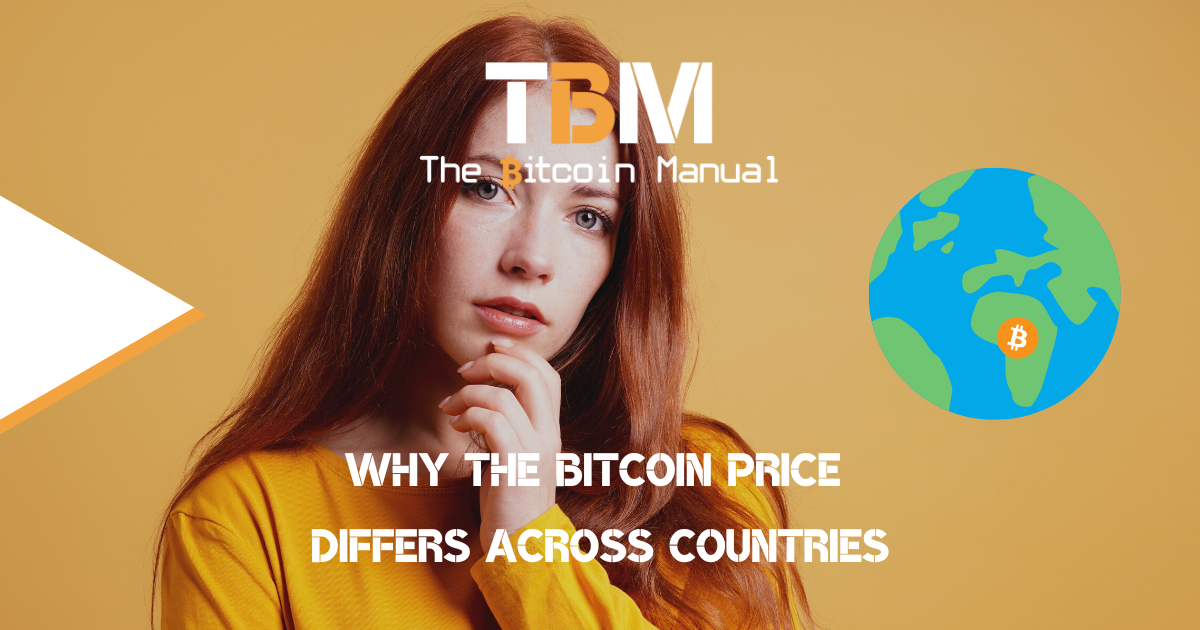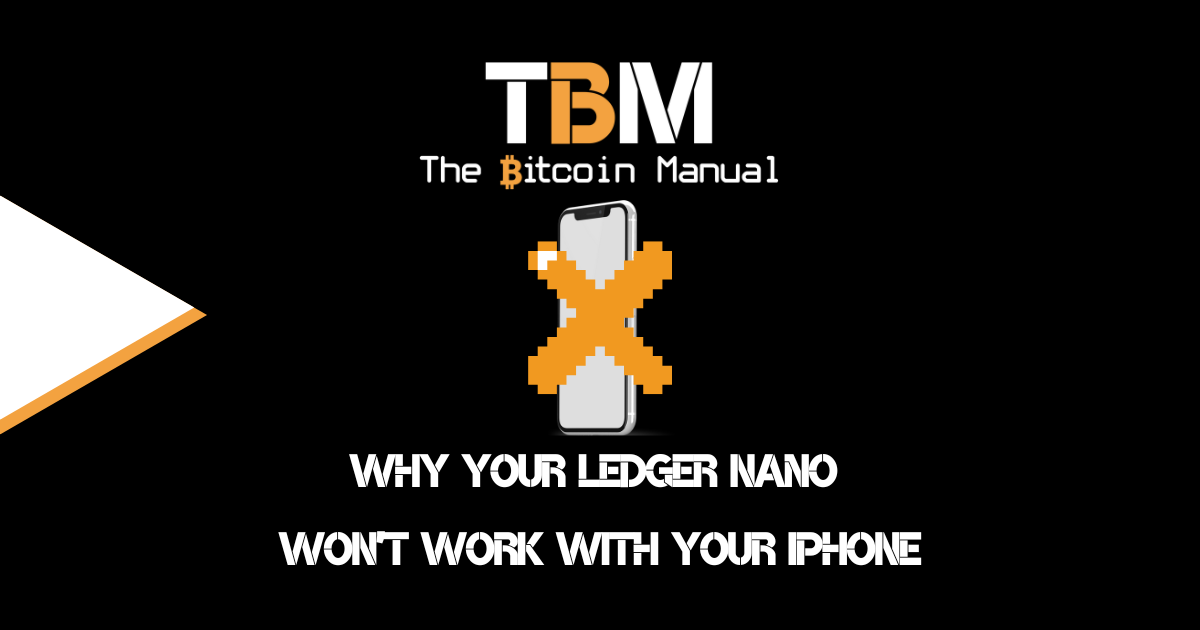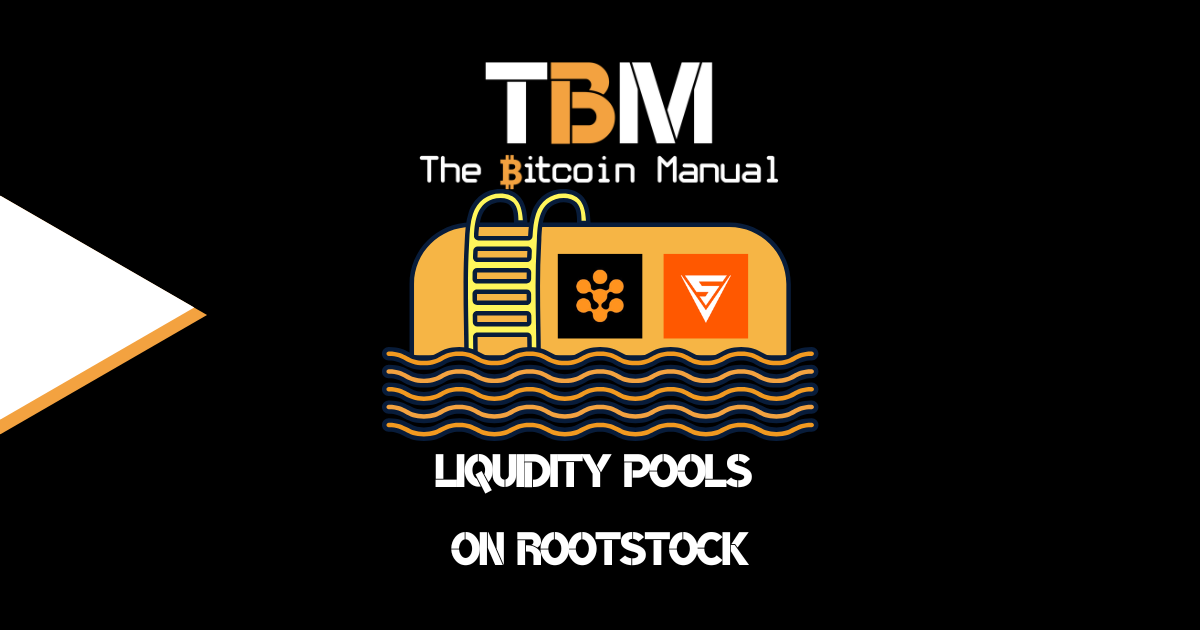The bitcoin price is probably many people’s first touchpoint with the network and asset; that silly little number sure gets a lot of attention, and many tie themselves to it emotionally. Its price movements affect different people in different ways, with participants using it to make present and future financial calculations based on the figure shown on the screen.
The price of bitcoin is a function of those needing to sell it asking a certain price and those willing to buy it at a certain price. Like anything we want to buy and invest in, getting it “cheaper” is often the goal. However, very few apply that thinking to the asset; bitcoin has more buyers when it’s expensive than when it is cheap, as investors pile in during speculative phases hoping to turn a quick profit.
Finding these so-called unicorn plays of “quick gains” has spurred on a cohort of price-fixated traders, and there is a whole industry dedicated to monitoring the price around the world. Now you’d think with so much riding on the price and so many resources dedicated to monitoring the price as well as finding opportunities to exploit, that bitcoin prices would be pretty uniform the world over, but it’s not.
Depending on where you are in the world, your search engine or preferred price tracking tool will render an assumed price based on market data from the most liquid markets in the world or the most liquid market in your local area.
If you’re looking at the price in dollars across the US and off-shore exchanges that have USD/BTC markets, you might notice that they’re all trading at different values. Now switch the base fiat currency to Euros (EUR) or Pounds (GBP), and you’ll find the same discrepancies.
Then convert the bitcoin price on the Euro or GBP, and you might notice the price will be over or under what those USD markets are paying.
So what gives? Why is there no set price for bitcoin?
There is no standard price
Bitcoin has no standard price, it never had a price at launch, and for over a year, it traded without a price as early adopters mined it and traded it based on peer-to-peer agreements. As the interest and therefore demand for bitcoin began to grow markets began to formalise, and a “trading price” emerged from platforms facilitating the ability for buyers and sellers to meet.
As these markets expanded their reach and fiat to bitcoin markets gained retail-backed liquidity, we saw bitcoin’s first “big” jump happened in the summer of 2010. The price rose from a fraction of a cent in the spring to $0.09 by July.
In the early days, these exchanges were rather concentrated, but today we have exchanges managing markets in different currency pairs worldwide. Regardless of this expansion, there is no standard for the price of a single bitcoin; the price you see is simply the best-synthesised price range based on current trading.
How the price of Bitcoin is determined: Its price varies, depending on the exchange you’re buying it on and the liquidity of the currency pair market you’re trading into or out of bitcoin.
All fiat-to-bitcoin exchanges are secondary markets
Bitcoin the network, and bitcoin the asset does not know it has a price in fiat; it is a self-contained system with its own unit of account. Any fiat to bitcoin market you see is a secondary market that exists outside of bitcoin and acts as a bridge to allow users to get “on or off” the bitcoin network.
The service providers or individual peers helping to facilitate these on-ramps and off-ramps are economic actors with an incentive to earn profits. They will sell bitcoin at a certain price and buy it at a certain price and try to make money off that spread along with some fees backed into the trade.
Since every fiat to bitcoin market is different in the number of individual buyers, the amount of bids, the amount of bitcoin and fiat liquidity, these differences will reflect in the price.
The best estimate is the price
Given that there is no global standard for the price of a single bitcoin, the price you see on a screen is not a guarantee, nor is it accurate. It’s the best guess the market can make at the time. A reason for this is that most bitcoin price trackers calculate an average estimate or a recently-traded price of bitcoin based on the transaction history from the largest bitcoin exchanges.
By pulling the average price from several exchanges that do the most bitcoin transactions, you can make the assumption that this is the closest trading price and ignore the outliers.
The price you see is not often the price you pay, and investors, when they approach an exchange to buy bitcoin, it is likely to be higher. The reason for this is that most exchanges require some type of transaction fee.
This fee is typically very modest in comparison to the price of a bitcoin, particularly as bitcoin’s value has skyrocketed in recent months. Still, it does further introduce inaccuracies into the price that you may see listed.
Price signals demand
The fiat price of bitcoin is a signal to the market, to show where bitcoin is demanded or needed most and it will flow to those areas naturally with the help of individuals selling bitcoin or exchanges. In the case of bitcoin exchanges, they tend to have swap lines between one another and purchase or sell bitcoin depending on changes in supply and demand.
Different exchanges may have different levels of supply and demand, and the price may be somewhat different. If one exchange starts to break out lower or higher in price, the exchange market makers can close that gap by buying or selling on another exchange.
If the price on one exchange is markedly lower than on another, that alone is likely to shift the supply and demand levels further.
Lack of local bitcoin production
To bring online new supply of bitcoin, you need to mine it, and miners are distributed around the world trying to co-locate with the cheapest energy or stranded energy. As these miners require funds to continue operation, they will sell bitcoin into their local exchanges, and that bitcoin will flood into that market.
Markets that do not have local miners adding in new supply tend to have a higher price to try and attract that bitcoin from other markets into their local market.
Liquidity in your local currency
Another driver of distortions in the bitcoin price across different fiat markets is the willingness of buyers in that region. Depending on the amount of people and the amount of money these investors are willing to deploy to bitcoin each day will reflect in the price.
A country like Nigeria, for example has over 200 million people with a growing adoption of bitcoin. Still, the amount of Naira (the local Nigerian currency) that can be deployed into that market is far less than the amount of GBP deployed by the United Kingdom, despite being smaller in population.
The average citizen has more purchasing power due to their fiat market, and this demand, combined with relative purchasing power or average order value of bitcoin per user, has an effect on the amount of bitcoin traded in a region.
Local financial markets infrastructure and legislation
All fiat-to-bitcoin markets have one glaring counterparty, regardless if you’re doing regulated KYC trading or P2P anonymous trading, and that is the will of the government. Depending on how a local government views bitcoin, it can make it easier or harder for financial institutions and exchanges to operate. The harder governments make it to acquire bitcoin, the higher the price of bitcoin will trade in that region as people are willing to pay a premium to acquire the asset.
A famous example of this is the kimchi premium.
Additionally, countries with archaic financial systems have more challenging times clearing on the fiat side, and it can take days or up to weeks for funds to clear on exchanges before some people can purchase bitcoin. This time delays in clearance will have an effect on the ability of that local market to react to price changes, and therefore prices might detach from the general market average.
The privacy premium
While the majority of bitcoin trading today flows through regulated KYC and AML exchanges where you are forced to give up your privacy to make a purchase, and all trades are linked to your identity, a growing cohort of bitcoiners are finding this trade-off unacceptable.
To cater to their right to financial privacy peer to peer exchanges and DEX markets offer these bitcoiners the option to purchase bitcoin without the need for identification. These anonymous markets offer this service through liquidity provided by individual users, either through market trades or a liquidity pool.
Regardless of the method, these peer sellers are looking to bag a profit and know that those who want to remain private are willing to pay over and above for that privacy, and these markets tend to trade from anywhere between 3% to 50% above the market price.
Attention arbitrage traders
So, if Bitcoin trades at different prices on different exchanges, is there money to be made? I mean, the profit in any business venture is to acquire something at a low price and sell it at a higher price, so why would bitcoin be any different?
Well, it’s not, and you’re right for assuming that there is short-term profit to be made. There are plenty of market actors, both big and small, working tirelessly to try and exploit these differences in prices. While these traders try to earn a profit, they provide a valuable service by improving access to bitcoin market for all participants.
This process is known as arbitrage, and while it does sound simple in practice, it’s not as straightforward to implement.
First, you need to find a market that doesn’t have enough players arbitrating the price and have the liquidity to execute trades. You might also need accounts on different exchanges and bank accounts in each country should stablecoins not be an option.
If I can buy 1 BTC for 10 000 USD in the US on Coinbase and then sell 1 BTC in South Africa for 200 000 ZAR on Luno, do I make an instant profit? Unfortunately, not. You also need to factor in the currency risk of the South African rand and the cost of converting those Rands into Dollars.
If, however, you’re trading different stablecoin markets and you’re able to secure 12 000 USDT (Tether) that you can transfer cheaper and more manageably, the arbitrage trades tend to become more profitable.
How do you hold your bitcoin?
Where do you check the price of bitcoin? Have you noticed price differences in the past? How do you source the cheapest bitcoin? Do you buy bitcoin on an exchange? Do you smash buy or use limit orders?
Let us know in the comments down below.




